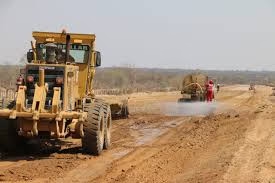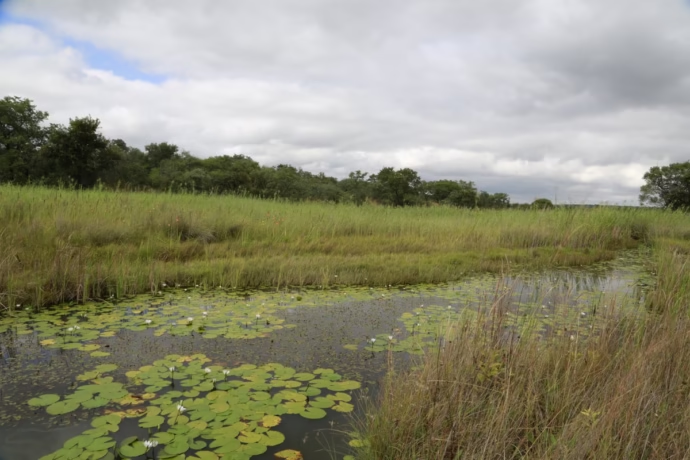
Zimbabwe has rewritten its agricultural history. For the first time ever, tobacco farmers in the country have delivered over 299 million kilogrammes of tobacco in a single marketing season, earning more than US$1 billion. This remarkable feat, achieved as of Day 71 of the 2024–2025 season, not only surpasses the previous record of 296 million kg set in 2023, but marks a defining moment in the Second Republic’s pursuit of rural economic transformation and global competitiveness.
What might appear to be just another seasonal peak is, in fact, a product of layered planning, resilient farmers, strategic policy, and deepened stakeholder confidence. Tobacco, long known as Zimbabwe’s leading cash crop, has become more than a revenue stream. It is now a pivot around which national economic renewal and smallholder empowerment revolve. Agriculture Minister Dr Anxious Masuka was unequivocal in his commendation of the milestone, attributing it to “the visionary leadership of President Mnangagwa” and “the enduring strength of Zimbabwe’s farmers.”
More than 85% of Zimbabwe’s tobacco is produced by smallholder farmers, the majority of whom operate on less than two hectares of land. Their collective effort—often in the face of unpredictable weather patterns, price volatility, and input constraints, has been instrumental in pushing the country to the billion-dollar threshold. At the same time, over 93% of tobacco production is financed by contractors, a model that has ensured consistent capital injection into farming operations while fostering accountability and traceability.
The milestone is also symbolic of the early fruits of the Tobacco Value Chain Transformation Plan, which seeks to grow the industry into a US$5 billion sector by 2030. Key pillars of the plan include localisation of financing, export diversification, and value addition. Tobacco, exported to over 60 countries worldwide, is now positioning Zimbabwe as a top-three global player. By raising the bar for output and foreign earnings, the country is clearly shifting from being just a supplier of raw leaf to a strategic actor in the international tobacco economy.
However, it’s not only about global rankings. The local impact is profound. Tobacco earnings have revitalised rural livelihoods, increased cash flow across value chains, and spurred investment in community infrastructure. In Mashonaland provinces and parts of Manicaland, tobacco sales have translated into new housing, vehicle purchases, educational investments, and access to healthcare. In this sense, the golden leaf has become both a currency of development and a mirror of Zimbabwean resilience.
Social media engagement around the milestone added a celebratory tone to what is otherwise a technically impressive outcome. The TIMB’s “Guess the Day We Reach 300 Million Kgs” challenge created national buzz, with farmers, traders, and citizens eagerly following daily updates. But beneath the lighthearted competition lies a serious narrative of collective ownership and belief in the sector’s future.
As the marketing season continues and projections nudge the delivery figure towards 330 million kg, Zimbabwe stands at a pivotal point, one where tradition and innovation, sweat and science, converge to redefine what’s possible in African agriculture. The country is not just selling tobacco; it is selling a story of determination, progress, and the power of policy when it works in tandem with the people.




